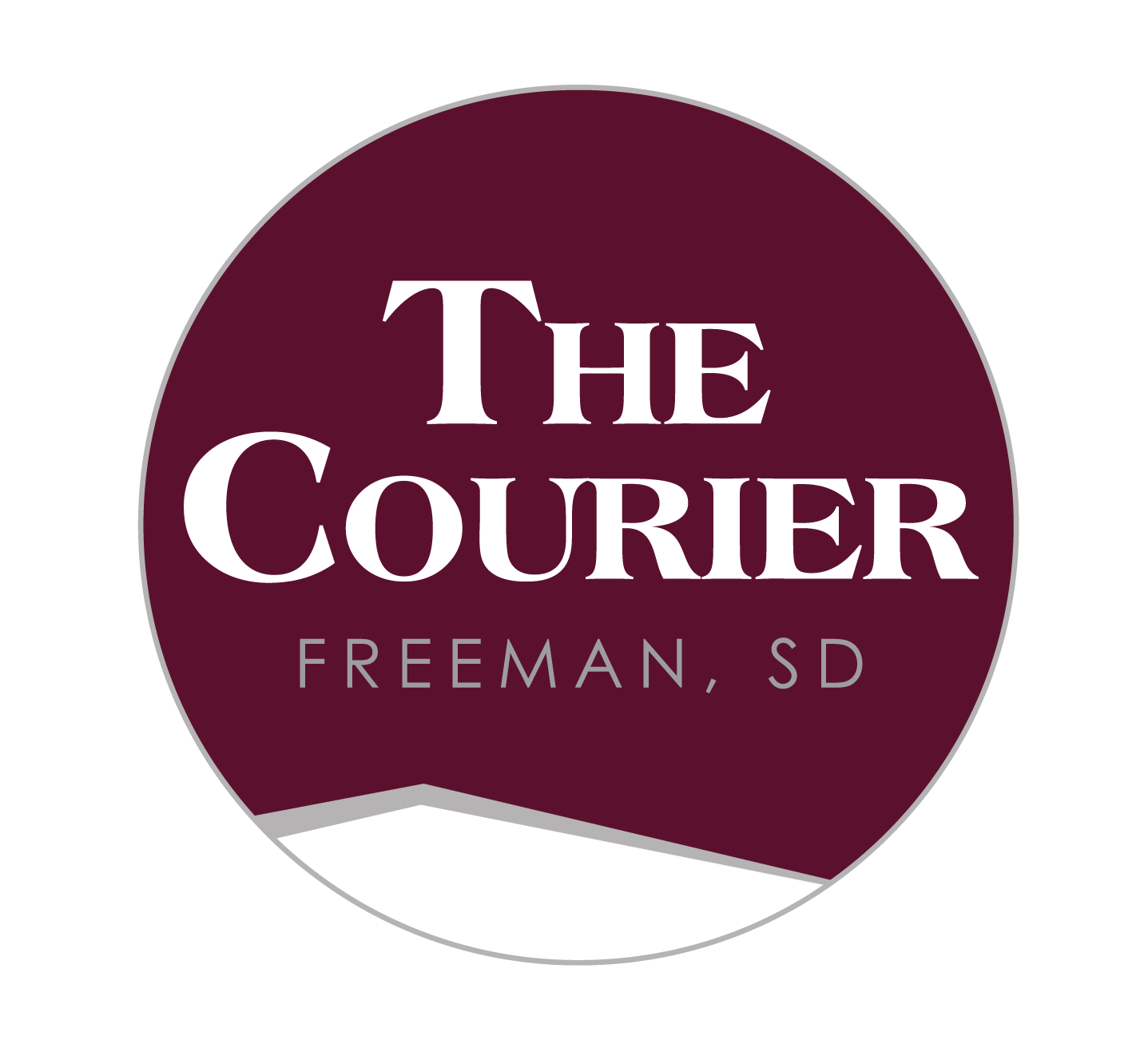MUSEUM PROGRAM SUNDAY TO LOOK AT ONE-ROOM SCHOOLS
In 1950, 75 years ago, 3,295 school districts were scattered across South Dakota. An overwhelming majority of these were small one-room rural school districts.
By 1970, just 20 years later, only 287 districts remained. The one-room schools that dotted the rural landscape had closed, absorbed by city school districts.
The dramatic drop was the result of a statewide move to reorganize and consolidate South Dakota’s schools and the closures ended the rich tradition of hyper-local, community-based education.
Although nearly all the hundreds of small schools have disappeared, their legacy remains, reflecting the integral role they played in community life, not only in the Freeman community but across the nation.
Sunday, June 29, Heritage Hall Museum & Archives (HHM&A) is presenting a program about how these were created, how they operated, the education they provided, and the impact they had on the lives of students, teachers and patrons.
The program will begin at 2 p.m. in the historic Bethel Church on the museum campus and will include presentations by Becky Hupp and Ryan Mews, who have researched historical perspectives about one-room schools.
Mews, an HHM&A board member (and former summer intern) will briefly discuss education in colonial America before exploring the architecture of the schoolhouses, the role of teachers, changing educational standards that molded rural students, and an almost century-long decline in the one-room schoolhouses.
“The simple and functional design of the schools reflected a communal desire to encourage education with limited funds in underdeveloped areas,” Mews said. “That has shaped generations of young Americans.”
Hupp, who joined the HHM&A staff as a summer intern last month, has been looking at the history of the Diamond Valley School, which served students south of Freeman from 1884 to 1969. The schoolhouse was moved to the museum complex a decade later.
Hupp notes “while rural schools were by no means cutting-edge facilities, their school boards did try to make updates when possible.”
“During the Great Depression, resources were limited, so schools, like District 56 Diamond Valley, did not receive the attention they needed to stay up to date,” Hupp said. “In 1938, the Hutchinson County health officials expressed their concerns about the conditions at the school and encouraged the school’s board to consider receiving help from the Works Progress Administration (WPA).”
Sunday’s program will also look at the factors that led to the closing of rural schools and the local impact.
The museum and historical buildings – including the Diamond Valley School – will be open prior to the program (opening at 1 p.m.) and after the program. Admission includes both the museum and the program.
Sunday’s program is the start of HHM&A’s multifaceted, yearlong look at one-room country schools. That will include special activities for youth during the South Dakota Chislic Festival on Saturday, July 26. Other programs are planned for fall and winter. That includes opportunity for people to share recollections and reminiscences of attending and teaching at one-room country schools. Other programs will offer insights and experiences that helped define public education a century ago.
As part of this focus, HHM&A is seeking recollections of one-room school experiences from students, teachers and patrons. Questionnaires are available at the museum as well as online at https://heritagehallmuseum.com.

